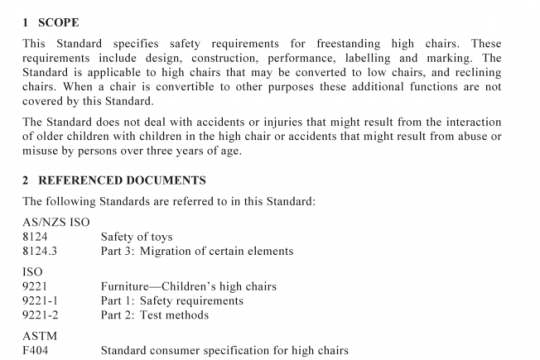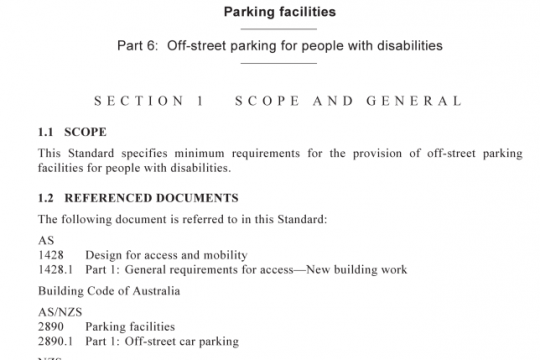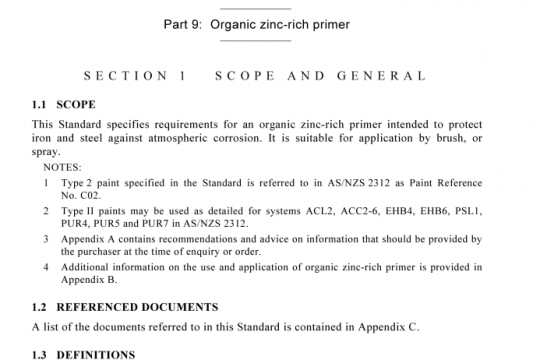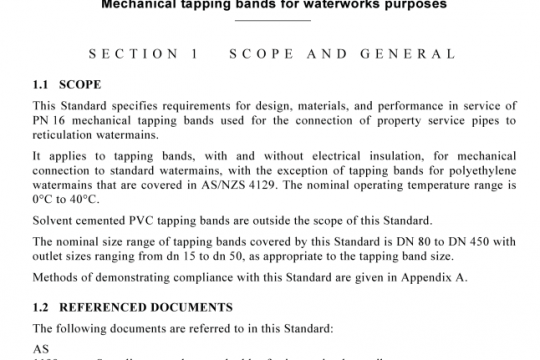AS NZS 5377:2013 pdf free
AS NZS 5377:2013 pdf free.Collection, storage, transport and treatment of end-of-life electrical and electronic equipment
Legal and other requirements, including regulatory and international requirements that are directly applicable to end-of-life electrical and electronic equipment, need to be identified and adhered to. These include, but are not limited to the following:
(a) Environmental legislation.
(b) Operation requirements including site licensing and licences for the handling, storage,transport and treatment of end-of-life electrical and electronic equipment.
(c) Laws relating to the handling, storage, treatment and transport of dangerous goods,controlled wastes and hazardous wastes.
(d) Occupational health and safety legislation.
(e) Export licensing laws and regulations.
(f) International treaty obligations which bind Australia or New Zealand.
Information on legal and other obligations, including international requirements, needs to be kept up-to-date and be communicated to the relevant stakeholders including its employees and contractors.
This Clause identifies collection, storage, transport and treatment requirements that are specific to the management of end-of-life electrical and electronic equipment that should be integrated into an organization’s existing environmental management system or similar management system to encourage effective implementation.
A documented risk assessment process to identify and control any potential environmental,health or safety hazards associated with the operator shall be maintained. The risk assessment process shall include the following steps:
(a) Define the responsibilities for individuals conducting the risk assessment.
(b) Identify, record and monitor any potential environmental, health or safety risks associated with the materials handled and tasks undertaken, as well as the overall,operations, during both normal operating conditions and potential emergency situations.
(c) Evaluate any potential environmental, health or safety risks identified through the assessment and develop a risk mitigation plan.
(d) Implement controls suitable to the identified risks to eliminate and minimize the risks where practicable and to protect the environment and human health and safety.
(e) Monitor the effectiveness of any implemented controls and adjust as required based on the acceptable residual risks.
(f) Maintain a schedule to review risk assessments at least on an annual basis, or more frequently if required as a result of any significant operational, environmental or regulatory changes. AS NZS 5377 pdf free download.




